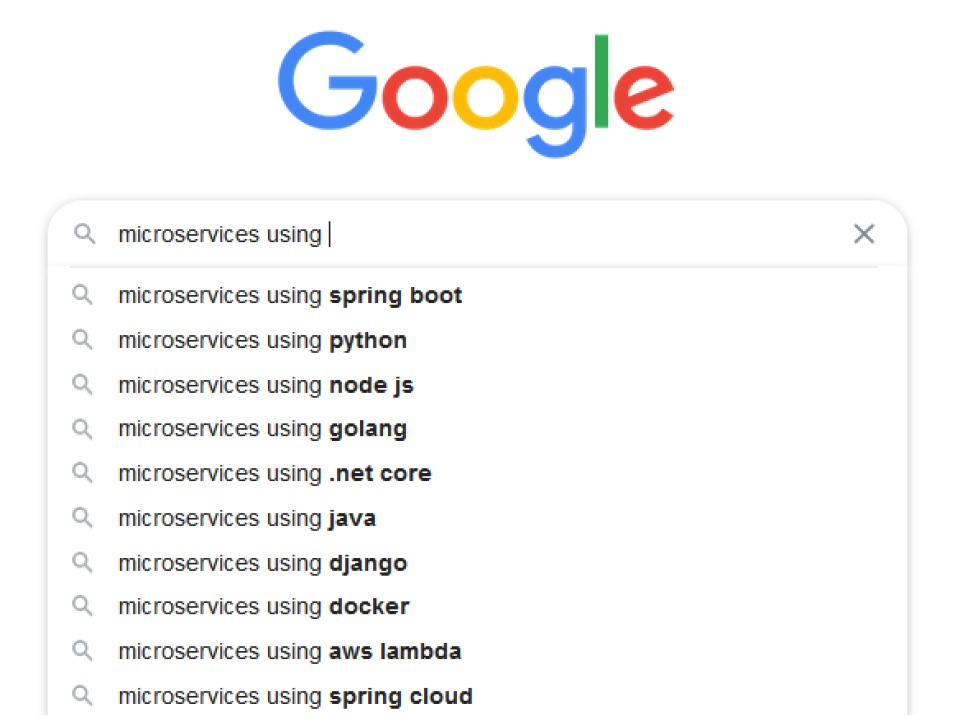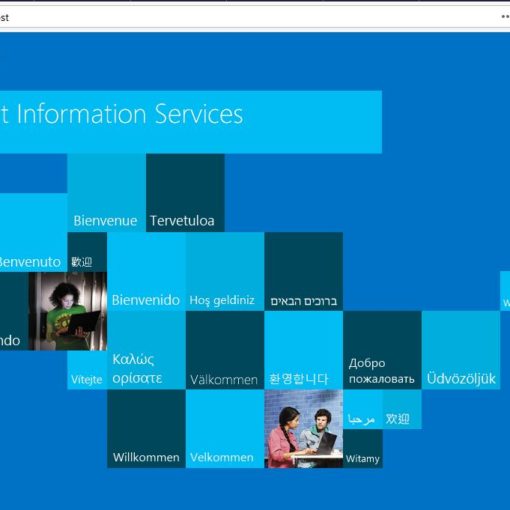Talking of Microservices architecture reminds me of this particular scene from the Disney movie called – Big Hero 6.
What a fun & exciting way to start our introduction to the software architecture paradigm gaining popularity since the year 2005 – “Microservices”. Actually, in the above clip, Hiro said one thing right, and if I translate the logic of Microbots as Microservices, One Microservice is not powerful when it’s alone, but when it combines with its other pal Microservices, you will realize the limitless capability of the Microservices architecture!
What are Microservices?
It is becoming the ‘new normal‘ approach to software architecture, bringing great flexibility to your code because they are small, self-dependent, and ready-to-run applications.
Microservices are a modern approach to software whereby application code is delivered in small, manageable pieces, independent of others.
Courtesy: SPRING.IO
What is Microservices Architecture?
Microservices architecture is a software design approach that structures an application as a suite of small, independent services. Each service is self-contained and performs a single function. The services communicate with each other through well-defined APIs.
Microservices architecture has several advantages over traditional monolithic architectures. It is more scalable, as each service can be scaled independently. It is also more resilient, as failures in one service do not affect other services. Microservices architecture is also easier to develop and maintain, as each service is smaller and simpler.
Benefits of Microservices Architecture
Here are some of the benefits of using microservices architecture:
- Scalability: Microservices architecture is highly scalable because each service can be scaled independently. This means that you can scale the services that are experiencing high demand without affecting the services that are not.
- Resilience: Microservices architecture is more resilient to failures because failures in one service do not affect other services. This is because each service is self-contained and does not depend on other services.
- Development and maintenance: Microservices architecture is easier to develop and maintain because each service is smaller and simpler. This is because each service has a well-defined scope and does not depend on other services.
Challenges of Microservices Architecture
Here are some of the challenges of using microservices architecture:
- Complexity: Microservices architecture can be more complex to design and implement than traditional monolithic architectures. This is because you need to design and implement a way for the services to communicate with each other.
- Communication: Microservices architecture requires a lot of communication between the services. This can be a challenge if the services are not well-designed.
- Testing: Microservices architecture can be more difficult to test than traditional monolithic architectures. This is because you need to test each service individually and then test the interactions between the services.
Overall, microservices architecture is a powerful approach to software development that can offer many benefits. However, it is important to be aware of the challenges before you decide to use it.
How to Start Learning Microservices?
If you are a Java professional, get started by creating it with Spring Boot. Follow this Spring IO guide to start your proof of concept. That way, you can start small and iterate fast! Go for it.
Check out the following links to learn more and get your hands dirty on the coding with spring boot –
- Spring IO – https://spring.io/microservices
- Spring IO Blog – https://spring.io/blog/2015/07/14/microservices-with-spring
- A quick start guide at Medium.com – https://bit.ly/3cSBTO1
- Wikipedia – https://en.wikipedia.org/wiki/Microservices
- Check out a few of our Spring boot tags
- Check out our tutorial on Spring Boot MicroServices and RabbitMQ with Docker
Explanation Video
A nice video series by Java brains on hands-on with microservices using spring boot.
Which Technology to Use to Create Microservices?
Available Technologies to build Microservices
As mentioned earlier, Microservices is a concept. So, it’s not only Java, there are several other technologies using which you can implement this concept. Here are a few –
- AWS lambda – https://docs.aws.amazon.com/lambda/latest/dg/services-apigateway-blueprint.html
- NodeJs – https://www.twilio.com/blog/building-javascript-microservices-node-js
- Python – https://www.toptal.com/python/introduction-python-microservices-nameko
- Golang – https://bitbucket.org/blog/writing-a-microservice-in-golang-which-communicates-over-grpc
- .net core https://www.3pillarglobal.com/insights/develop-microservices-net-core-docker
Delve More into the Microservices concept
The whole world is talking. Here are some deep dives into the pros and cons of the microservices concept.
- Martin Fowler views – http://martinfowler.com/articles/microservices.html
- Microservices IO – https://microservices.io/patterns/microservices.html
Some success stories
We will not end this discussion without talking about some success stories in the store.
- Microservices discussion can not be complete without Netflix architecture
- When Uber decided to adopt microservices breaking it’s monolithic architecture
- Companies using Microservices succesfully
Hope you liked this article 🙂 Don’t forget to share it with your friends who wish to learn more about Microservices and are wondering where to start.
Feel free to drop in your comment and suggestions if you want us to add some more content to this article.





